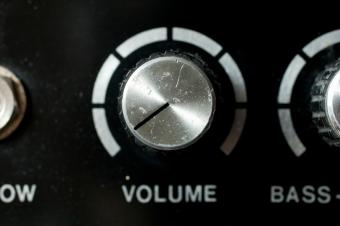Onomatopoeia Poems for Teenagers

Twitter Tweet

Spreading Rumors

Table Manners

Other Types of Onomatopoeia

Frenemy

Practicing Onomatopoeia

© 2025 LoveToKnow Media. All rights reserved.

Onomatopoeia poems for teenagers offer a great resource for learning about poetic devices. The device is effective in bridging the gap between language and experience by presenting words that mimic the sounds that they represent. For example, the word "fizz" sounds like rapid pops of soda bubbles. "Pop" and "bubble" are words that imitate real-life sounds as well.

This bird doesn't chirp or cheep
It doesn't cluck or cuckoo
It's the talons on this little peep
Tip tapping the keypad zoom
That make its song go
Tweet tweet
Twitter Twitter
Tweet tweet
Fluttering the scene
On the computer screen

Her gossip chatter crackles
Like a hissing fire
Once a secret whisper
Now a sizzling buzz
Murmuring out of control
Careful not to scorch
Rumors too hot to hold
The backlash snap will be ice cold

He may gurgle-slurp
Crunch, ahem or achoo
He may sniff, snort
Hum or phew
But it is his skill
To blurt a rumbling
Grunt-raunchy belch
That makes us really ill

While using words that mimic sounds is a great tool for building auditory images, poets also use a combination of words to recreate experiences they have heard. A poet may choose to use "drip" or "plop" to describe a drop of water, but using a combination of words that have similar sounds like "stop, flop, bit," or "trip" to build the sound experience, as in "trip stop, trip stop, trip stop" to replace, "drip drop, drip drop, drip drop."

Should have seen in your shallow smile
Defenses lost amidst insurmountable lies
Curl once upon yourself and regress
To an acquaintance disguised
As my best ally

Onomatopoeia for teenagers includes developing a sense of how words and experience interconnect. Begin by looking at language as a way to recreate your perception of the world. This is a great first step in creating a unique style as you hone your talent for writing poems as a teen.
If you liked this slideshow, watch one of these: